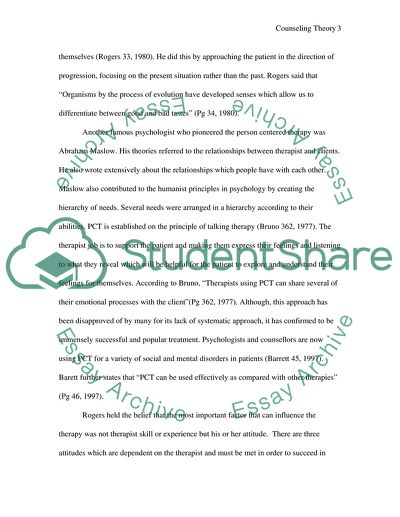Cite this document
(“Counselling Theory Assignment - 3000 words /- 10% Essay”, n.d.)
Retrieved from https://studentshare.org/miscellaneous/1546726-counselling-theory-assignment-3000-words-10
Retrieved from https://studentshare.org/miscellaneous/1546726-counselling-theory-assignment-3000-words-10
(Counselling Theory Assignment - 3000 Words /- 10% Essay)
https://studentshare.org/miscellaneous/1546726-counselling-theory-assignment-3000-words-10.
https://studentshare.org/miscellaneous/1546726-counselling-theory-assignment-3000-words-10.
“Counselling Theory Assignment - 3000 Words /- 10% Essay”, n.d. https://studentshare.org/miscellaneous/1546726-counselling-theory-assignment-3000-words-10.


